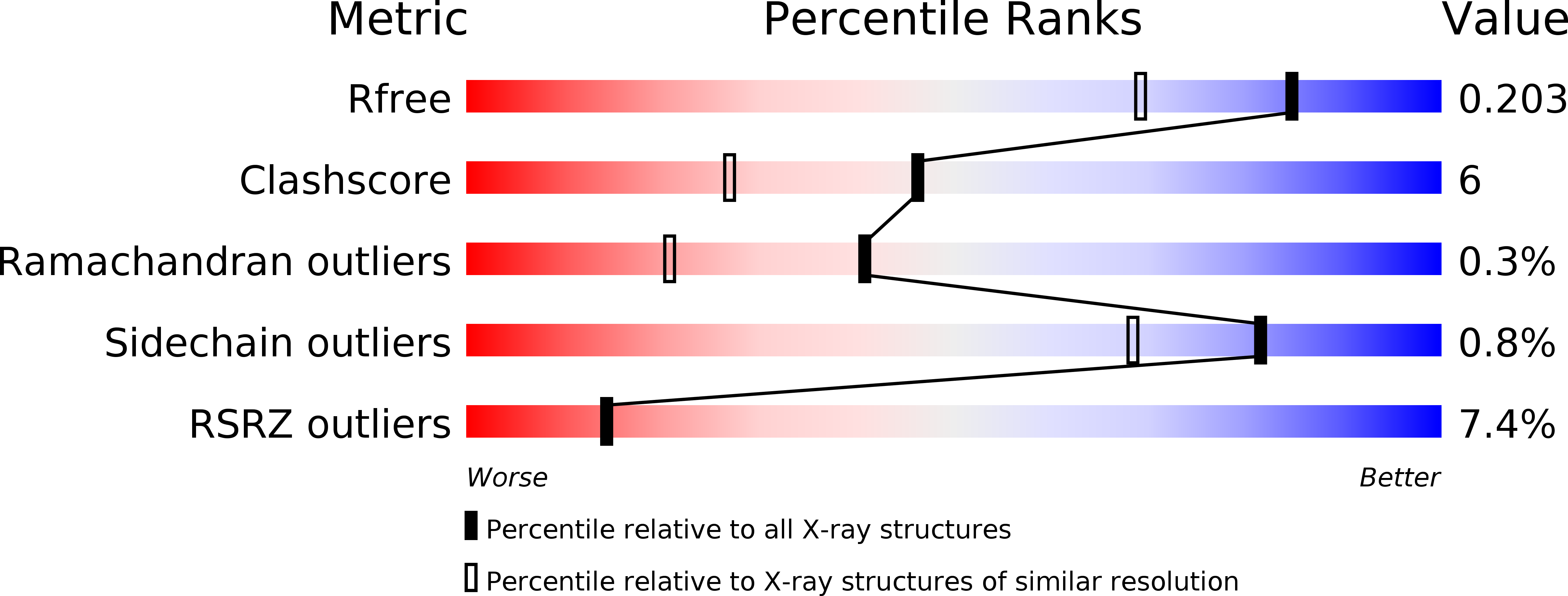
Deposition Date
2012-05-01
Release Date
2012-05-16
Last Version Date
2023-12-20
Entry Detail
PDB ID:
4ASH
Keywords:
Title:
Crystal structure of the NS6 protease from murine norovirus 1
Biological Source:
Source Organism:
MURINE NOROVIRUS 1 (Taxon ID: 223997)
Host Organism:
Method Details:
Experimental Method:
Resolution:
1.58 Å
R-Value Free:
0.20
R-Value Work:
0.18
R-Value Observed:
0.18
Space Group:
C 2 2 21


